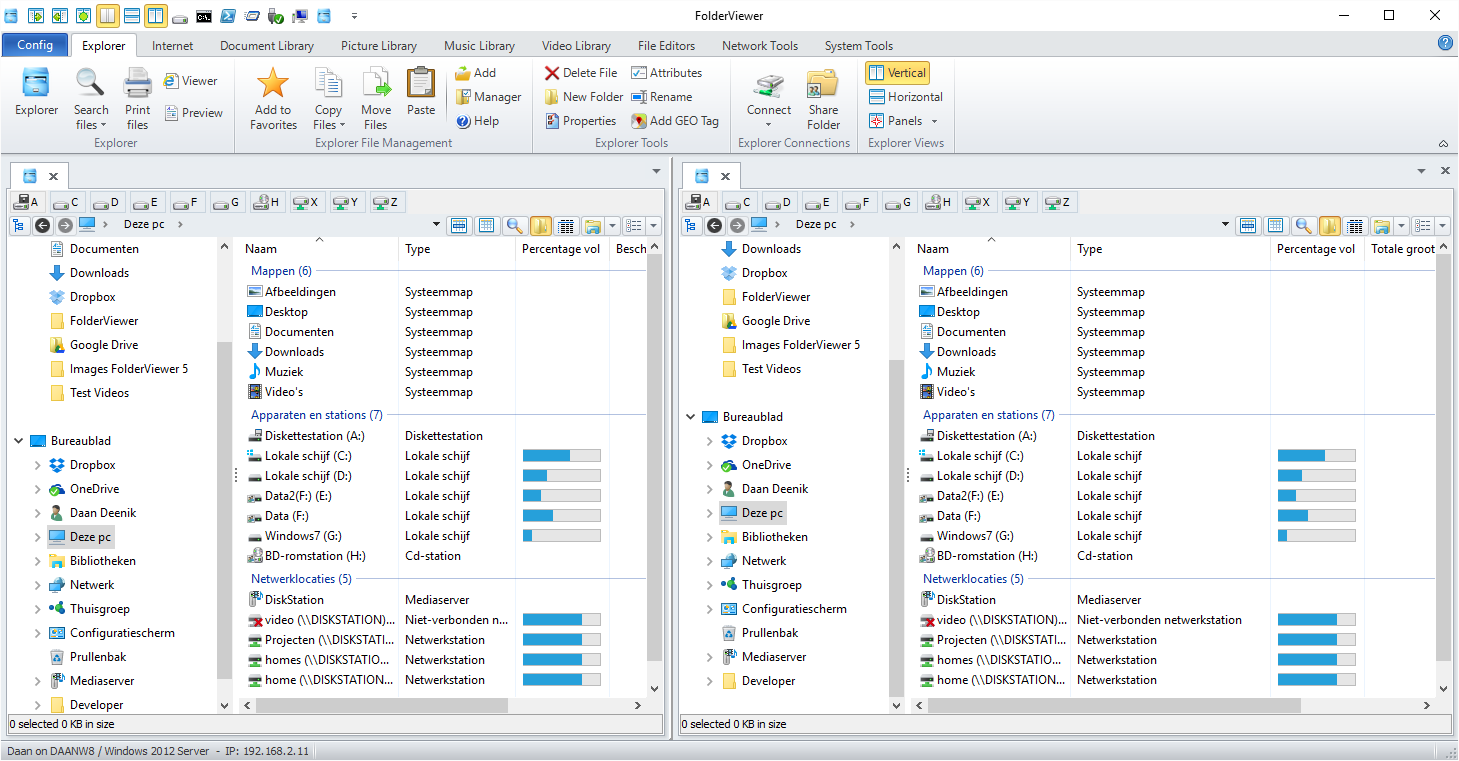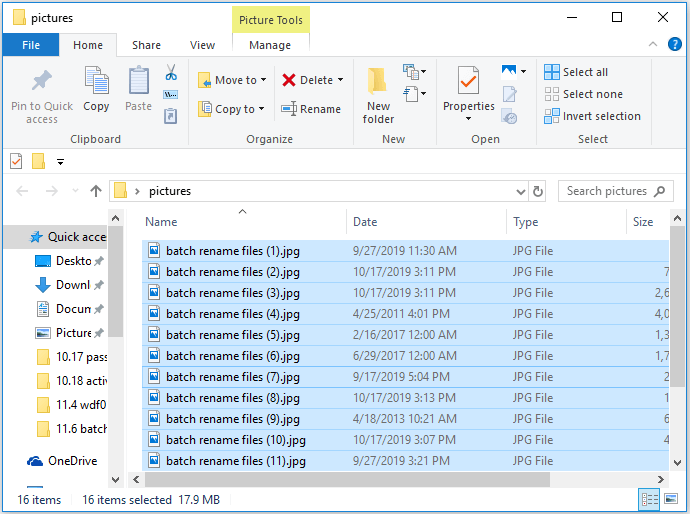

- #BATCH FILE RENAME PART OF FILENAME INSTALL#
- #BATCH FILE RENAME PART OF FILENAME FULL#
- #BATCH FILE RENAME PART OF FILENAME WINDOWS#
Many users think it’s a bug, however, you can remove the initial characters from the filenames in the following manner:įor example, to remove the first three characters, the command is ren “*.*” “///*.*” Note: Please bear in mind that the above command only changes the name of the extension but not the encoding of the file. To rename an extension, you can use the following command:.Then, apply the steps below depending on how you want to rename the files. You can also open the folder in the File explorer and enter cmd on its address bar to open the Command Prompt directly at the working path.
#BATCH FILE RENAME PART OF FILENAME FULL#
Enter cd /d while replacing the full path.Open Run and enter cmd to open Command Prompt.Moreover, you can also use such commands as a batch script for future uses.įirst, open the Command Prompt and change your directory to the folder whose files you wish to rename. There are more than one ways to rename files using this command. The syntax for the command is, ren where, the parameters in the brackets () are optional. You can also use the Command Prompt command ren or rename to batch rename files in Windows. By enabling Use regular expressions, you can use specific wildcards on the Search for the textbox (click on the ‘i’ icon next to this box).(Click on the ‘i’ icon next to the Replace with the textbox) Adding date and time information in a different format to the names.Adding sequential numbers to the end of the names.Searching and replacing characters on the filename.There are many options you can use with this utility, such as: Select the options you want and click Apply.Select all such files and choose PowerRename or Show more options > PowerRename.Open the File Explorer and navigate to the files you want to rename.
#BATCH FILE RENAME PART OF FILENAME INSTALL#
#BATCH FILE RENAME PART OF FILENAME WINDOWS#
PowerToys is a Microsoft Developed Tool that you can use to perform varieties of extended functions on your Windows system.

However, keep in mind that it provides very limited options on the names you can set. The first method to batch rename files in Windows is the one most users are familiar with, i.e., using the File Explorer’s rename feature. So, we have explained how you can perform these tasks in detail in the following subsections: Using File Explorer’s Rename Feature


 0 kommentar(er)
0 kommentar(er)
